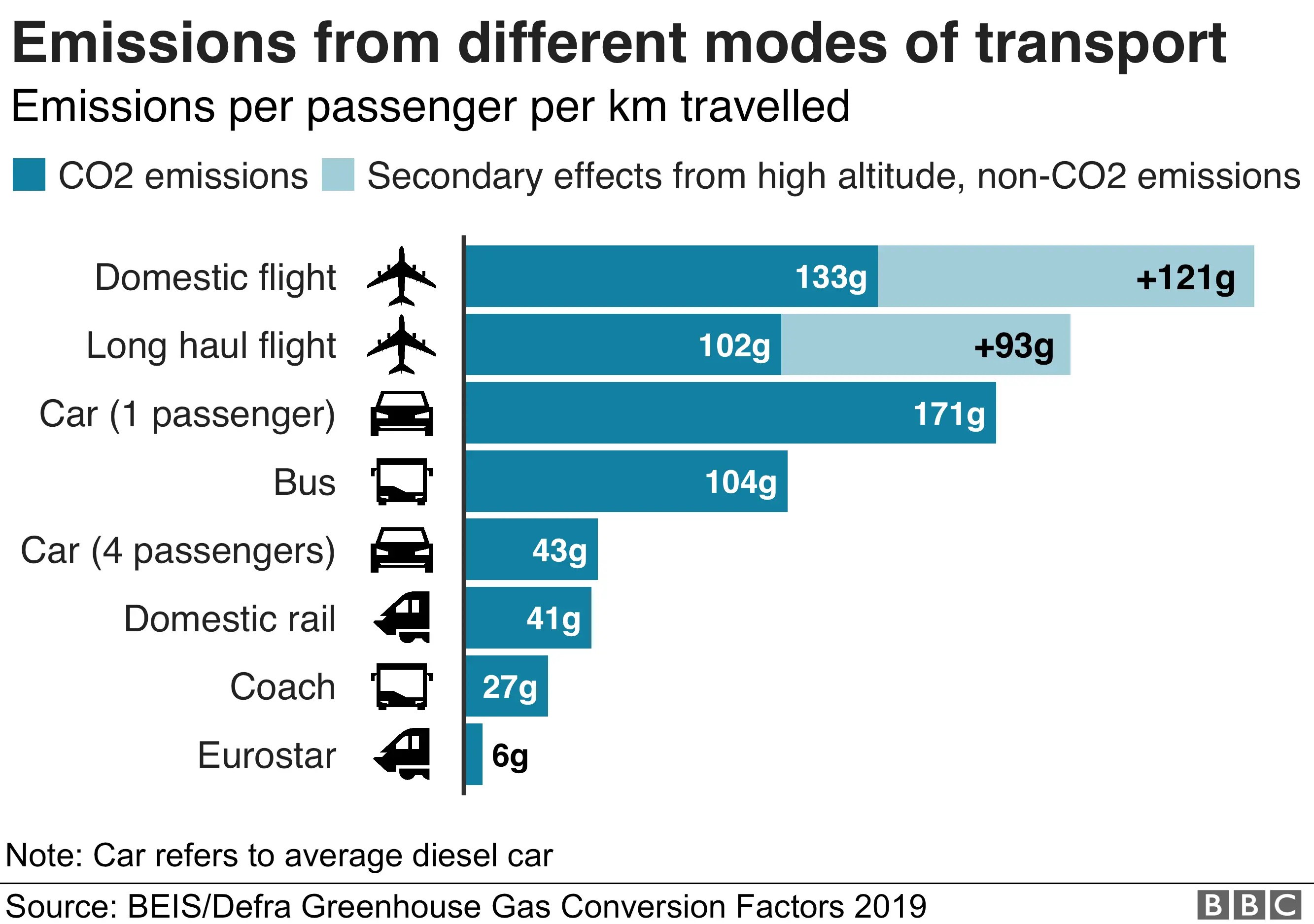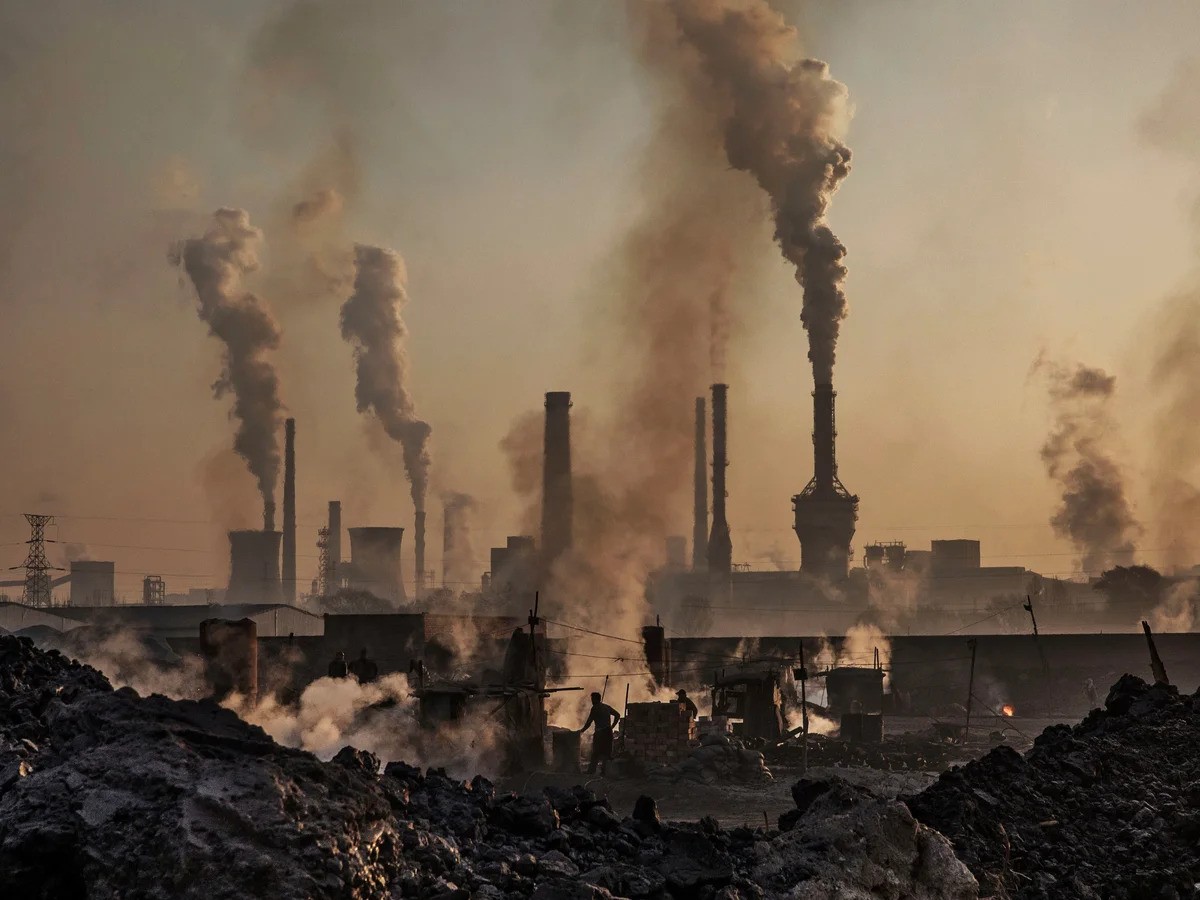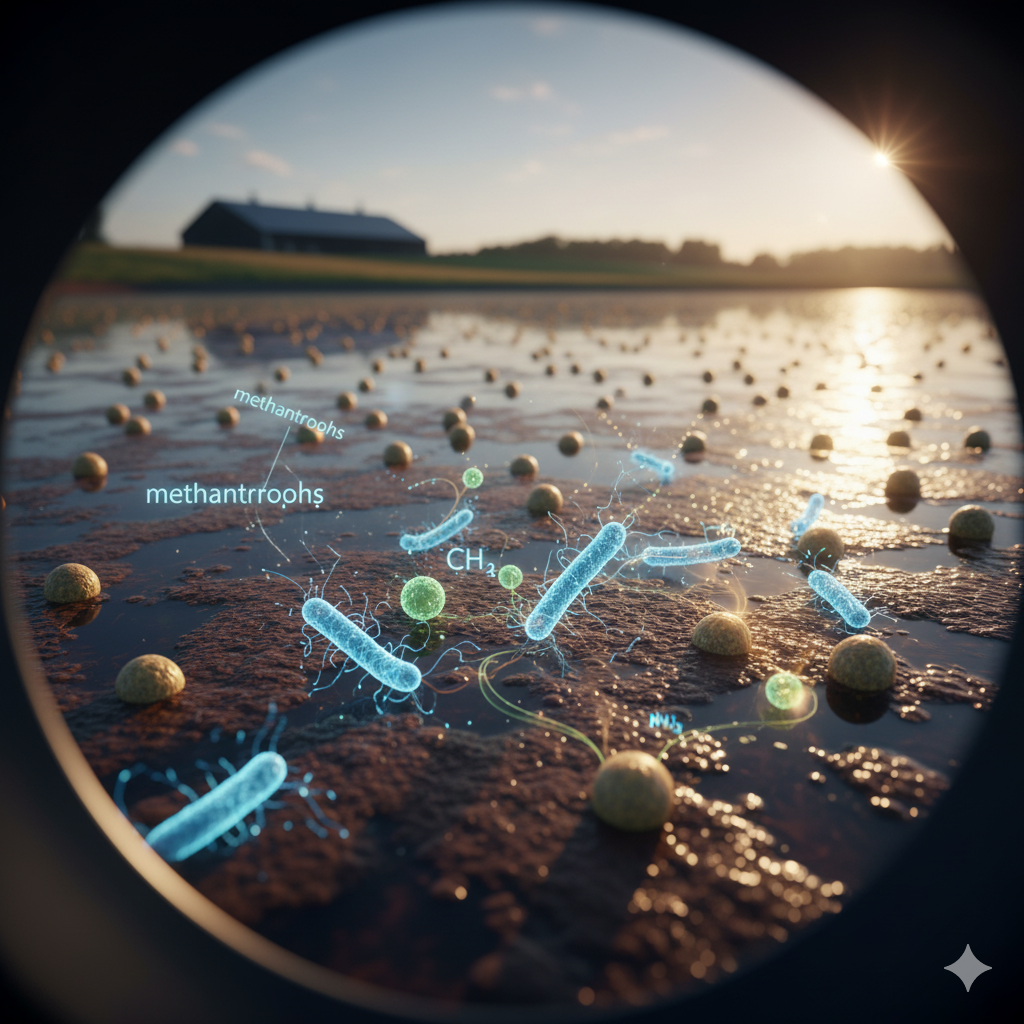Our Blueprint for Environmental Action

THE POWER IS IN YOUR HANDS: Daily Choices
To greatly help the environment, you can start by choosing to use electric trains and subways; this smart travel choice has wide-reaching, system-wide benefits we should explore next

SCALING IMPACT: Legislation and Innovation
While passenger vehicles are transitioning to electric, heavy-duty trucks and marine transport remain significant sources of NOx and PM. Policy: Mandate Ultra-Low Emission Zones in all major logistics corridors and port cities, with escalating fees for older diesel vehicles. Incentives: Pair the policy with significant tax breaks, subsidies, and financing for the rapid adoption of zero-emission heavy-duty trucks (battery electric and hydrogen fuel cell) to ensure economic transition rather than just penalizing businesses.

THE NEXT FRONTIER: Innovation and Research
Agriculture is the dominant global source of ammonia (NH3) and a major contributor to methane, both of which form secondary(PM-2.5) and are potent greenhouse gases.
Idea: Fund research into microbial and enzymatic bioremediation** systems that can be integrated directly into large-scale farming and livestock operations. This includes developing optimized methane-oxidizing bacteria (methanotrophs)** to capture emissions from manure lagoons and developing novel fertilizer coatings that slow the release of nitrogen, minimizing (NH3) volatilization.
Impact: This addresses a globally overlooked air pollutant source, providing a decentralized, biological solution that is easily implemented across varying land scales.